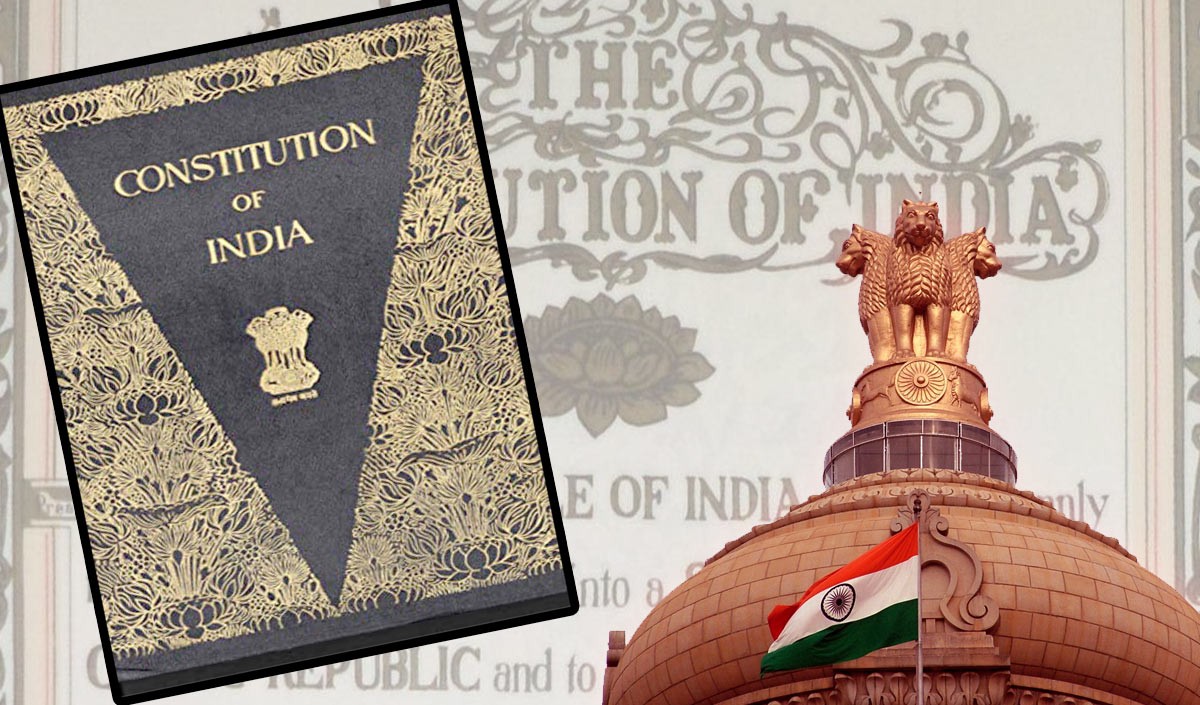
This blog explains the concepts of rigid and flexible constitutions, highlighting their key differences, advantages, and global examples. It also explores whether the Indian Constitution is rigid or flexible, with reference to Article 368 and its hybrid nature. Designed for UPSC aspirants, the article offers a clear, comparative understanding essential for Indian Polity preparation.
Rigid and Flexible Constitution: A Comparative Overview
A constitution is the fundamental legal document that lays down the framework of a country’s political and legal system. It defines the powers of different organs of government, the rights of citizens, and the basic principles by which a country is governed. Constitutions can be broadly categorized as rigid or flexible, depending on how easily they can be amended.
1. What is a Rigid Constitution?
A rigid constitution is one that is relatively difficult to amend or change. The process of amendment in such a constitution is deliberately complex, often requiring special procedures, supermajorities, or multiple levels of approval.
Key Characteristics:
Amendment requires more than a simple legislative majority.
Often involves approval by multiple bodies, such as both houses of Parliament, state legislatures, or even a referendum.
Ensures stability and protects fundamental rights from hasty changes.
Reduces political influence on core constitutional principles.
Example:
United States Constitution: To amend it, a proposal must be approved by two-thirds of both houses of Congress and ratified by three-fourths of the state legislatures.
2. What is a Flexible Constitution?
A flexible constitution is one that can be amended easily, often in the same manner as ordinary laws. This adaptability allows the constitution to evolve with time and societal changes without much procedural delay.
Key Characteristics:
Amended by the same procedure used for passing ordinary legislation.
More responsive to public opinion and changing political, economic, and social needs.
Potentially more unstable and vulnerable to frequent changes, which might weaken the rule of law.
Allows governments to act swiftly in times of crisis or change.
Example:
United Kingdom Constitution: It is unwritten and highly flexible. Parliament can change constitutional principles simply by passing or repealing an Act.
3. Comparative Table: Rigid vs. Flexible Constitution
4. Indian Constitution: A Balanced Blend
India’s Constitution is neither fully rigid nor fully flexible. It contains elements of both:
Rigid: Certain provisions (like the election of the President or distribution of powers between Centre and States) require a special majority and ratification by half the states.
Flexible: Other provisions can be amended by a simple majority of Parliament, like changing the names of states or their boundaries.
This hybrid nature allows the Indian Constitution to maintain stability, while still being responsive to change.
5. Importance of Rigidity and Flexibility
The ideal constitution should be a mix of rigidity and flexibility:
Too rigid, and it becomes outdated or incapable of responding to new challenges.
Too flexible, and it risks losing its sanctity or being manipulated for short-term political gains.
A well-designed constitution ensures continuity with change—preserving the core ideals of a nation while allowing necessary adjustments.
MCQs
1. Which of the following countries has a rigid constitution?
a) United Kingdom
b) India
c) United States
d) New Zealand
Answer: c) United States
2. A flexible constitution is usually amended by:
a) A national referendum
b) A complex federal process
c) The same process as ordinary laws
d) Approval of the Supreme Court
Answer: c) The same process as ordinary laws
3. The Indian Constitution can be described as:
a) Completely rigid
b) Completely flexible
c) Neither rigid nor flexible
d) Mostly rigid
Answer: c) Neither rigid nor flexible
4. The process to amend the U.S. Constitution is considered:
a) Simple
b) Flexible
c) Rigid
d) Uncodified
Answer: c) Rigid
UPSC-Level Questions
Q1. Critically analyze the merits and demerits of a rigid constitution in a diverse democracy like India. (150 words)
Answer Hint:
Merits: Prevents arbitrary changes, protects minority rights, maintains legal certainty.
Demerits: May hinder necessary reforms, inflexible during crises.
India adopts a balanced approach to combine advantages of both.
Q2. Compare and contrast the amendment procedures of the Indian and American constitutions. What does this tell you about their respective political cultures? (250 words)
Answer Hint:
US: Rigid, requires supermajorities, reflects emphasis on federalism and foundational values.
India: Three types of amendment procedures, showcases blend of federalism and parliamentary supremacy.
Reflects India’s pragmatic and adaptive political culture vs. US’s foundational rigidity.
Q3. Explain how the flexibility or rigidity of a constitution affects the pace of socio-political reform. Support your answer with examples. (250 words)
Answer Hint:
Flexible constitutions enable faster legal changes (UK reforms, e.g., voting rights).
Rigid ones may delay necessary change (e.g., US gun control issues).
Indian Constitution allows balance—e.g., socio-economic rights and reservations evolved through amendments.
11-Jul-2025 02:29 PM
Explore the fascinating structure, origin, and dynamics of our Earth—from...
11-Jul-2025 02:18 PM
Understand the vital role of lysosomes and cellular transmission in...
11-Jul-2025 01:48 PM
A concise and exam-focused overview of Plasmolysis and Protoplasm, covering...
04-Jul-2025 12:46 PM
India’s education system is undergoing a major transformation to prepare...
02-Jul-2025 02:51 PM
Recent research suggests that the transfer of genes between fungi...
Leave a Comment